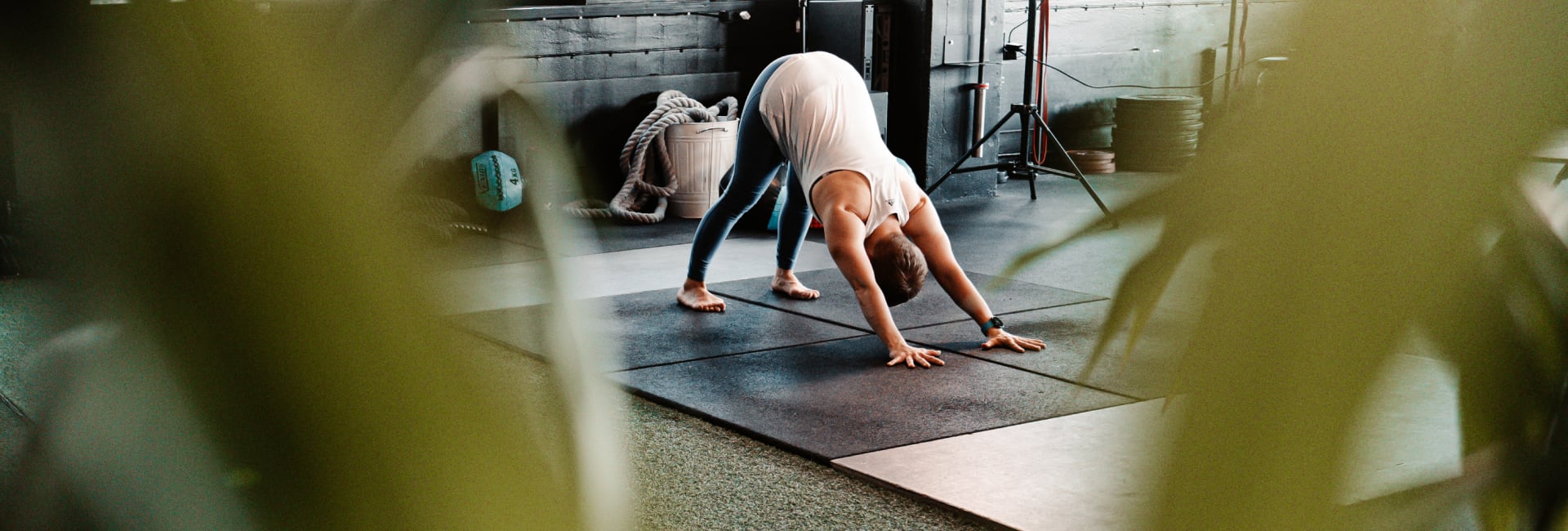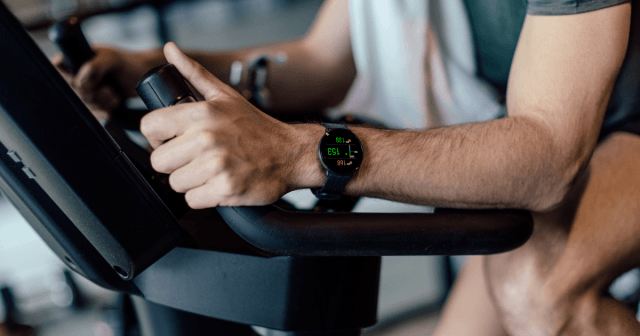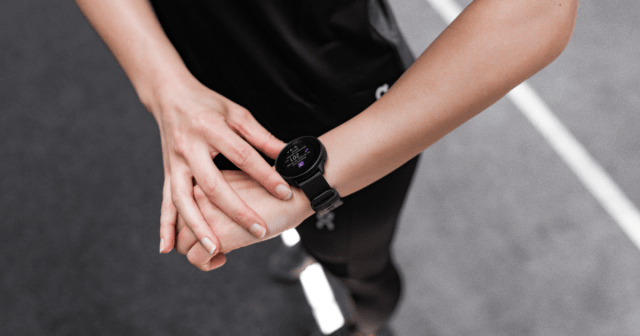If you want to become fit over 50, there’s never a better time to start than today. When we create new habits that enhance our health, we boost our potential to age in a way that allows us to stay active.
Even if you already work out regularly, it’s essential to know how your training should evolve once you’re over fifty. As our bodies begin to change, we should adapt the way we fuel and use it to enable a better quality of life in our later years.
If you’ve never been that fitness-focused, you’re probably wondering how to get started. What does your body need after the age of fifty? How can you get fit in a way that will maximize your enjoyment of life and minimize your risk of injury?
We look at some of the key ways you should and shouldn’t get fit over 50. Think regular stretching plus weight training rather than HIIT sessions; more macronutrients and less stress. We’ve also included insights from fitness influencers over fifty to give you some inspiration for the active adventures that lie ahead of you.
Am I too old to get fit?
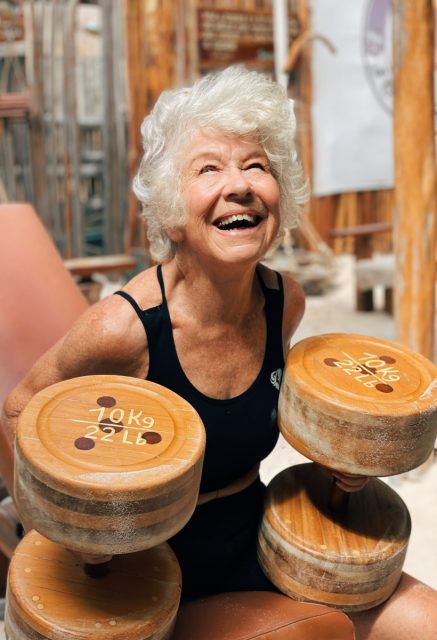
No. Absolutely not. Thanks to modern medicine and a multitude of lifestyle improvements, we now live decades beyond our 50s and 60s. You may have noticed that this age looks a lot different from how it did for your parents and your grandparents. That’s because people are redefining what their midlife looks like now.
It’s important to think about what you want this next stage of your life to look and feel like. Getting fit over 50 is an amazing opportunity to help support your general health in mid and later life, putting you in optimum condition to navigate the changes that occur to you, both physically and mentally.
If you need a little inspiration, it’s hard to beat Joan MacDonald’s story. At age 70, Joan was struggling with her health. She had many medical issues, was unhappy with her fitness, and was exhausted and emotional. Even walking up and down the stairs was a challenge.
Flash forward five years, and Joan is now a fitness influencer with over 1.5 million followers on Instagram. So, what happened? With the support of her daughter (who helpfully is a coach), Joan began training each day while also learning how to create balanced meals to fuel her body for these workouts.
Joan rapidly began to see how not just her fitness but her overall physical and mental health improved. As she puts it herself, “It’s never too late to do a 180 and take back control of your health and wellness the good ol’ fashioned way: good food, and daily exercise.”
Joan’s journey is excellent for highlighting how you can become fit at any stage of your life. These days, there is much talk about not letting age be a barrier, which definitely applies to your fitness. You are never too old to start.
Can you build muscle after 50?
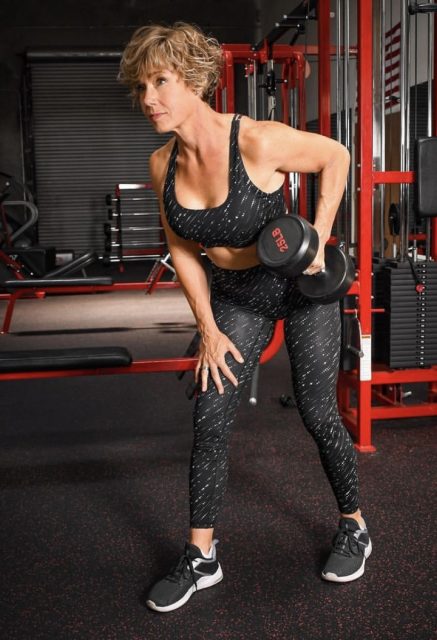
You can build muscle at any age, but it’s probably the most important way to get fit over fifty. Simply put, some form of strength and resistance training is essential as we age because stronger muscles = stronger bones = fewer injuries.
As wellness coach Pam Sherman notes, “Strength training is SO important for everyone, especially as we age. We start to lose 3-5% of our muscle each decade after the age of 30 – unless we strength train on a regular basis!”
For some people over fifty, strength training results in rebuilding some of the natural muscles they had in their younger years and ensuring they stay toned and firm. For others, this is their first time having to think about building strength. So, if you’re worried that picking up weights will cause you to develop some Schwarzenegger-worthy muscles suddenly, don’t worry. This won’t happen – unless, of course, you want it to.
There are some essential things to consider before you try strength training in later life, such as a check-up with your doctor and speaking to a trainer about weights. So, we recommend looking at our guide to strength training for seniors.
The importance of regaining flexibility after 50
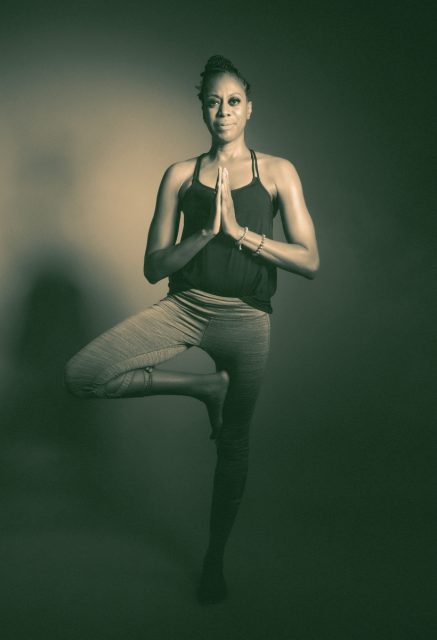
As our agile flexibility decreases with age, it can be easy to resign ourselves to thinking that we’ll never regain it. However, maintaining our flexibility through to old age is vital to ensuring we get the most out of our later life.
When it comes to flexibility, your motto should be: use it or lose it. The implications for not focussing on stretching and moving your body after fifty are huge. As a yoga teacher and wellbeing coach, Donna Noble notes, “Maintaining flexibility after fifty is important as it helps decrease the risk of injuries such as fractures and muscle strains. It also improves your posture and your ability to perform daily tasks.”
So, how do you go about regaining and maintaining your flexibility as you age? Regular yoga or pilates sessions are good ways to get started while under the guidance of a teacher. Alternatively, you can do stretching sessions at home or at the gym while ensuring you aren’t pushing yourself too hard.
There are two types of stretches that you can try: static or dynamic. Static stretches are the type that involves sitting, standing, or lying still and holding one position for up to 45 seconds. In contrast, dynamic stretches move your body rather than maintain a posture. They are great for warming up before you exercise, such as running or doing your strength training.
Whatever you do, do it regularly. Try to include a couple of flexibility sessions in your weekly workout schedule, and you will soon discover how limber your body can still feel at this age.
Learn about micro and macronutrients
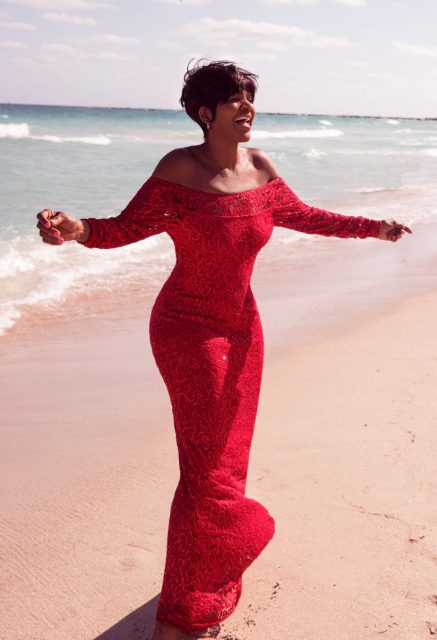
As our bodies begin to change with age, so does the effect of what we eat. From menopause to cholesterol, every person has to rethink their diet in some way after fifty.
One easy way to boost your general health in later life is to supplement your diet with some key micronutrients. Magnesium, vitamin D, and zinc will all help enhance your sense of wellbeing, especially as our hormones begin to fluctuate with age.
Staying hydrated is essential as well. Ensure that you drink water when you wake up, eat a meal, and exercise, as well as whenever you begin to feel thirsty. If you aren’t someone who already carries water with you everywhere, now is the time to make it part of your routine.
When it comes to macronutrients (fat, carbohydrates, and proteins), there are some that we need to increase after fifty and others that we need to decrease. Let’s look at the latter ones first.
If you have a carbohydrate-heavy diet (which most of us do in Western society), now is the time to change things up here. You don’t need to cut out carbs entirely but try not to make it the focal point of every meal you have. The reason for this is that the more carbohydrates we consume, the more insulin our body produces, leading to insulin resistance, hyperinsulinemia, and obesity.
We also have to watch our intake of Omega 6 fatty acids found in vegetable oils, nuts, and seeds. In moderation, these can be good for the heart, but too much can cause high blood pressure, water retention, and blood clots, potentially leading to a stroke or a heart attack.
Now, onto the good news. Some macronutrients are going to enhance your diet after fifty. Protein is a big one, which can be found in a wide variety of meat, legumes, grains, and vegetables. The reason it is so essential is that protein helps our body to repair and create. Skin cells, joint cells, muscle cells – our body needs protein to fix these or produce new ones.
Omega 3 fatty acids, such as those found in green leafy vegetables, salmon, walnuts, and hemp, can help your body with everything from blood pressure, cognitive functioning, muscle strength, and overall mood. If, for any reason, you can’t include these types of food in your diet, then you can try taking a fish oil supplement each day.
Essentially, by paying closer attention to what we eat after fifty, we can help our body keep functioning in optimum condition, even as we age. As Ellen Ector, a 69-year-old plant-based fitness influencer, puts it, “Getting up each day determined to win against opponents like sugar, salt, junk food, dairy, and meat have been challenging. I tell myself to keep exercising and don’t quit because, without any opponents, you can’t be a winner!”
More tips for getting fit over 50
Find ways to alleviate stress
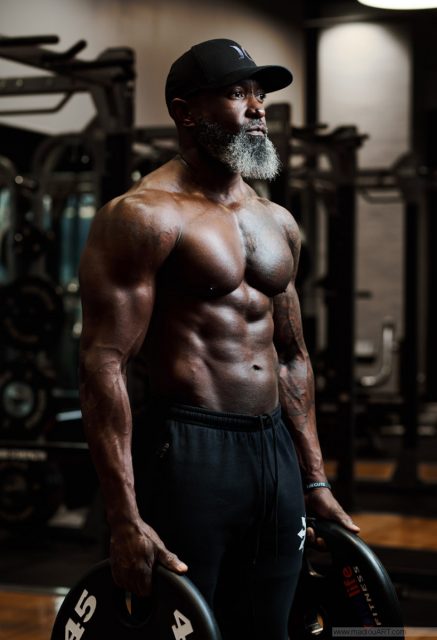
The impact that chronic stress can have on our lives becomes even more severe once we are over fifty. From weight gain and diabetes to hypertension and memory loss, it can wreak havoc on our bodies physically and neurologically in our later years.
We struggle with the effects of stress more at this age because as our insulin levels begin to rise over fifty, so do our cortisol (stress) levels. This means anything that may have placed stress on our bodies in our younger years (our jobs, lifestyle, relationships, and even workouts) will have an even more significant influence on our health at this time of life.
Identifying areas of your life where you need to reduce stressful influences is important to manage your cortisol levels. Thankfully, there are also many lovely ways we can help reduce stress, such as yoga, reading, getting lots of sleep, having massages, and doing hobbies we enjoy.
Reduce HIIT sessions
After fifty, you should keep your HIIT workouts to a minimum. No more than 40 minutes a week, especially for women who have reached perimenopause and beyond. Unfortunately, HIIT can cause our bodies to release more cortisol, which (as mentioned above) is something we should be working to avoid at this age.
HIIT also has an increased risk of injury, such as stress fractures, so be very mindful when trying it for the first time at this age. As an alternative, you can try our anti-HIIT or LIIT workouts, which are both low-impact and joint-friendly.
Make walking a part of each day
If you’ve never been a big walker, now is the time to start. Ensure you do a 20-minute walk every day, perhaps as part of your aerobic exercises or simply for the pure pleasure of it. Take the dog for a walk, get out of the office every lunchtime, or meet a friend for a regular walking catch-up.
No matter how you walk, making it a daily habit is key to ensuring that you stay active and fit over 50. Plus, it has the added bonus of helping lower your stress levels.
Pay it forward for your future
Being fit over 50 isn’t just about feeling good in the present but also about doing your best to ensure you’re strong and healthy in the future. All the effort you put into your diet and exercise now truly does pay it forward for tomorrow. It means that you’re doing your best to ensure that your future self can enjoy getting the most out of life at any age.
Wellness advocate Jean Titus sums it up perfectly when he says, “For those who want to stay fit ‘forever,’ I advise them to focus on the daily tasks: fall in love with the process, be consistent, and remember that you are your only competition. In other words, make every effort to beat yesterday’s output in order to achieve your goals. Believe me, at 53, I have a lot of life left, and I plan to enjoy every day and every moment.”
If you liked this post, don’t forget to share so that others can find it, too.
Or give it a thumbs up!
I like this article
Please note that the information provided in the Polar Blog articles cannot replace individual advice from health professionals. Please consult your physician before starting a new fitness program.

